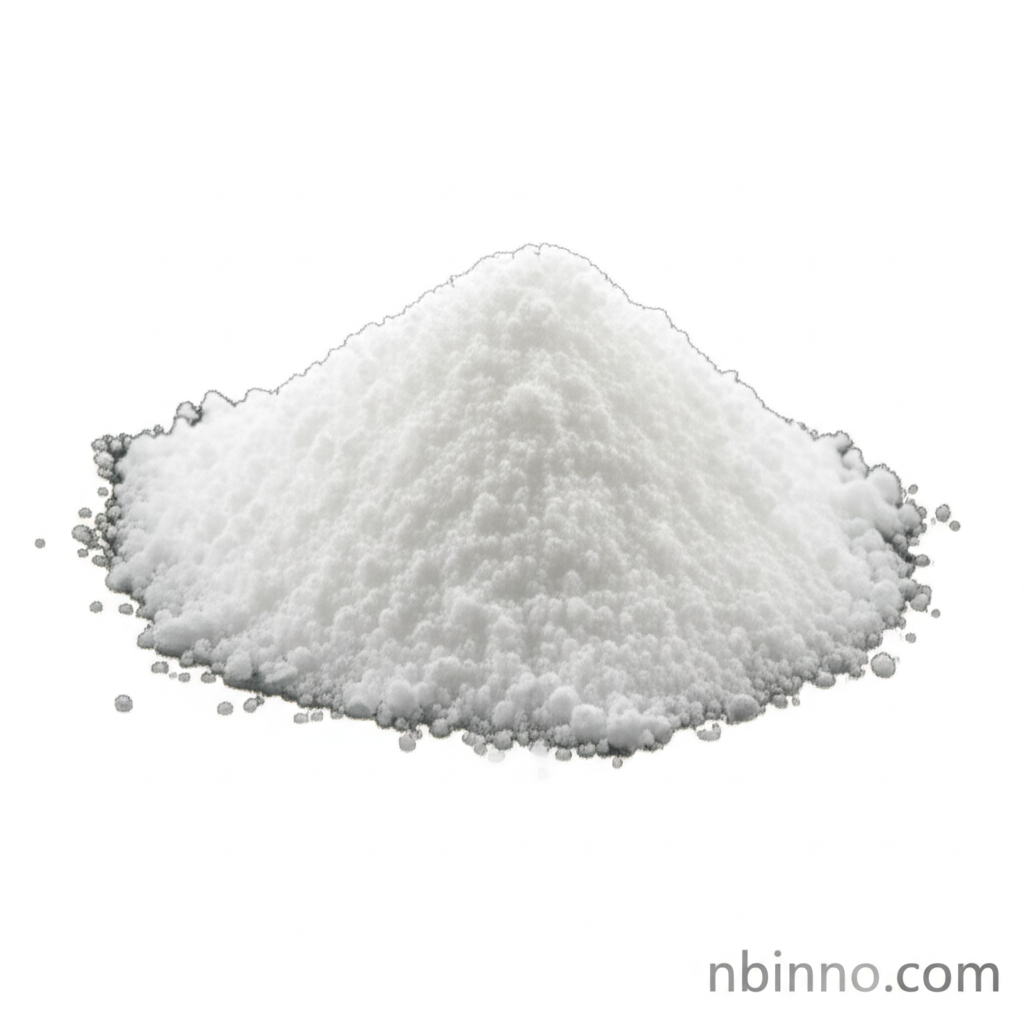3-Methoxyphenylacetic Acid: A Key Component in Plant Health Research
Unveiling the properties and applications of a vital compound in understanding fungal pathogens and developing bioassays.
Get a Quote & SampleProduct Core Value

3-Methoxyphenylacetic Acid
Discover the essential role of 3-Methoxyphenylacetic Acid in advancing our understanding of plant diseases and developing crucial bioassays.
- Leverage 3-methoxyphenylacetic acid bioassay development to study fungal pathogen interactions and their impact on crops.
- Understand the properties of 3-methoxyphenylacetic acid, including its white solid appearance and specific melting point range.
- Utilize 3-methoxyphenylacetic acid as a phytotoxin in research focused on plant health and disease resistance mechanisms.
- Explore the applications of 3-methoxyphenylacetic acid in developing toxin-mediated bioassays for conditions like oxygen-mediated mycorrhiza rot.
Advantages Offered
Precise Bioassay Development
Enables the precise development of toxin-mediated bioassays, crucial for evaluating plant resistance to fungal pathogens like Rhizoctonia solani.
Insight into Phytotoxicity
Provides insights into phytotoxicity mechanisms, helping researchers understand how fungal compounds affect plant growth and development.
Chemical Characterization
Offers well-defined chemical properties, including a consistent melting point and stability, ensuring reliability in experimental setups.
Key Applications
Agricultural Research
Essential for studies on plant-fungal pathogen interactions, contributing to the development of disease management strategies.
Biochemical Assays
A key reagent in creating toxin-mediated bioassays for assessing plant responses to specific fungal toxins.
Plant Pathology
Used to investigate the role of phytotoxins produced by fungi such as Rhizoctonia solani in causing plant diseases.
Scientific Tool Development
Serves as a foundational chemical for developing new tools and methodologies in plant science research.
